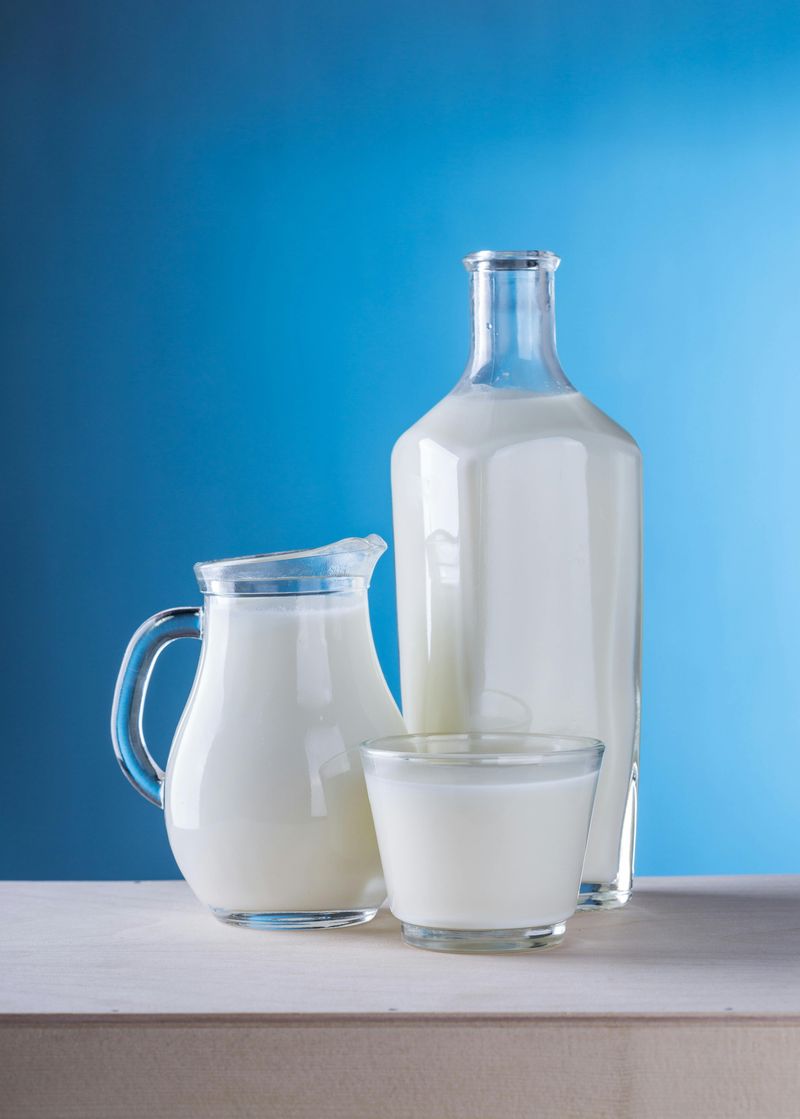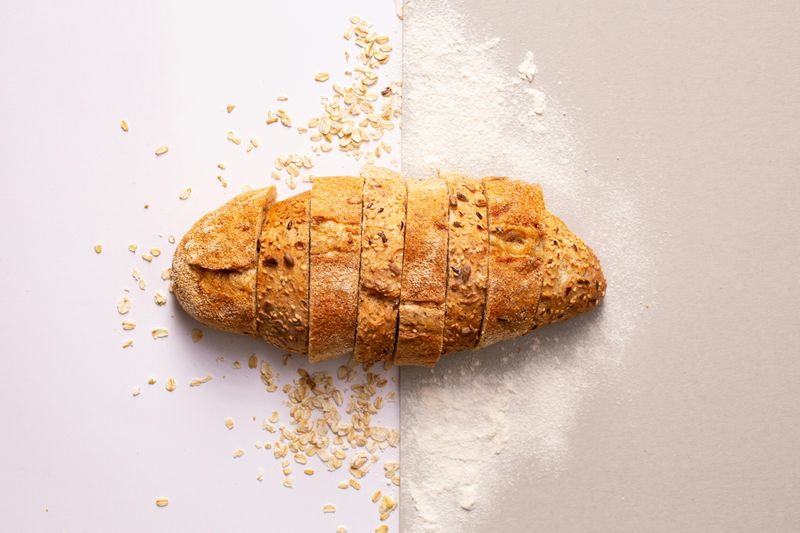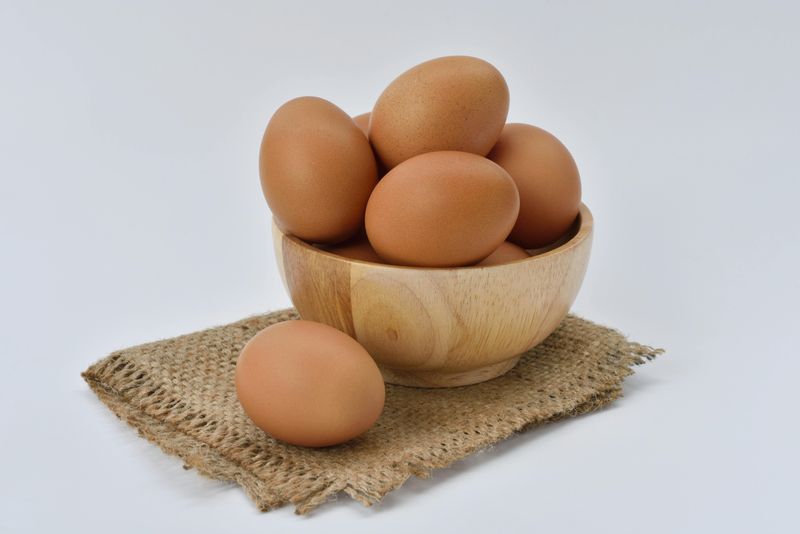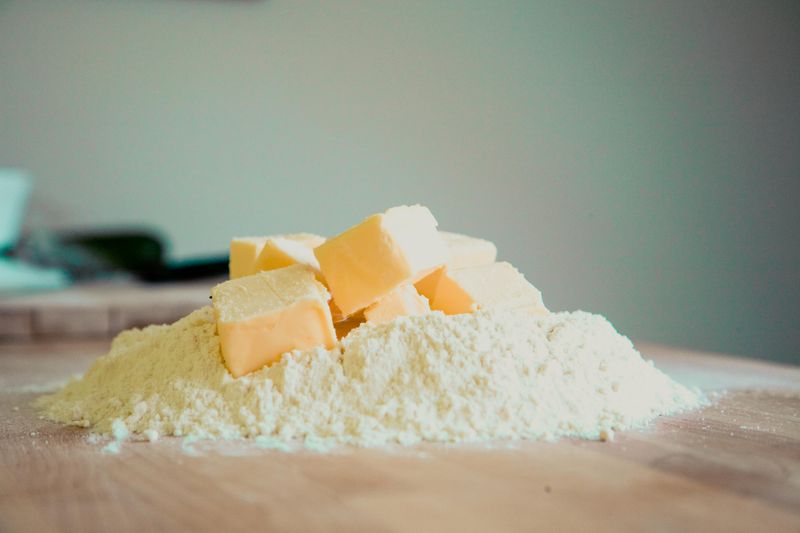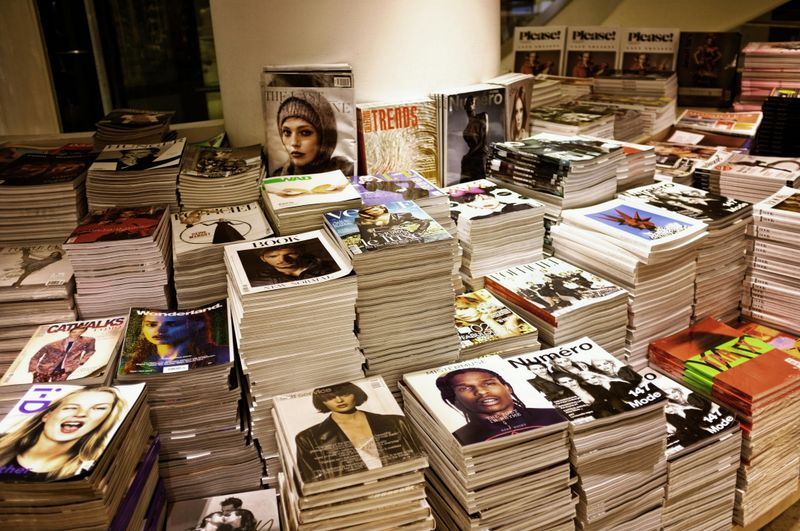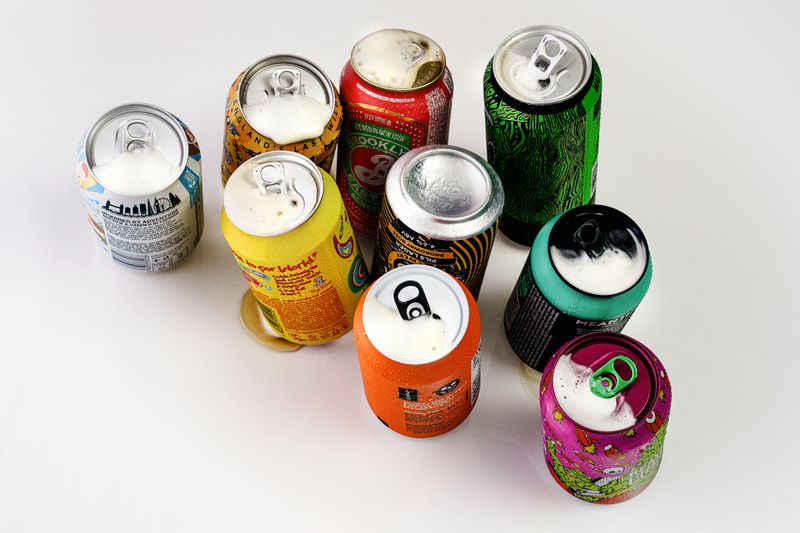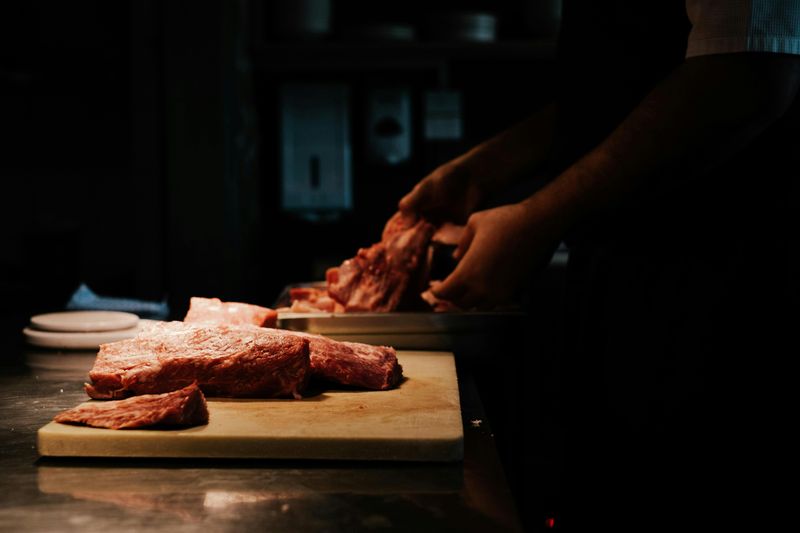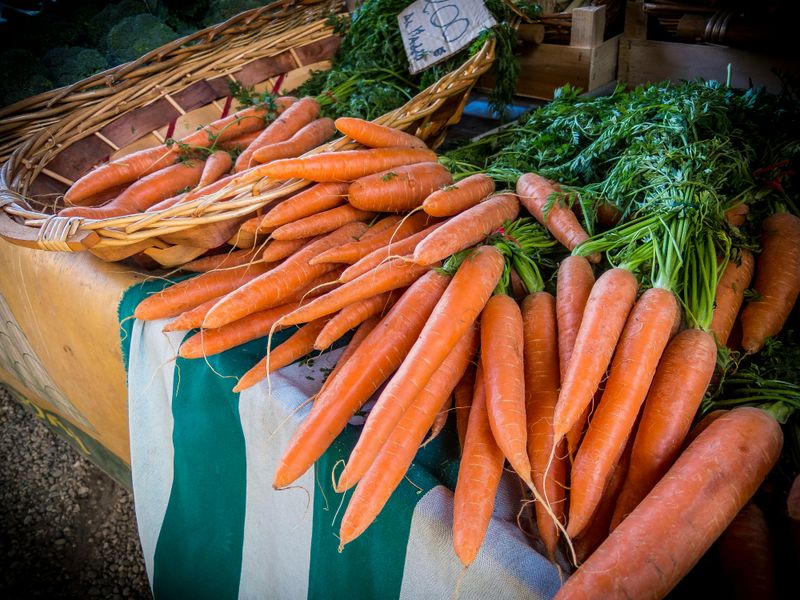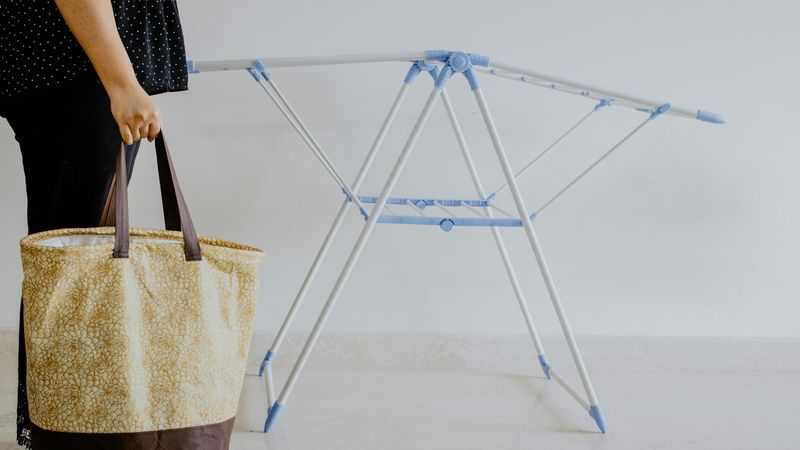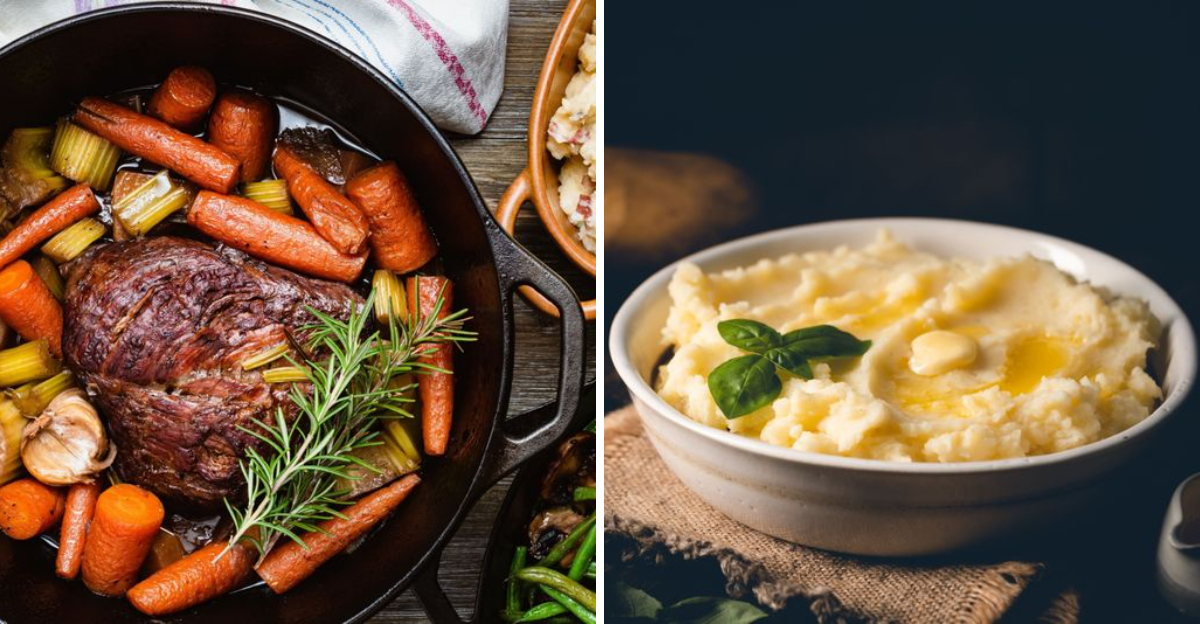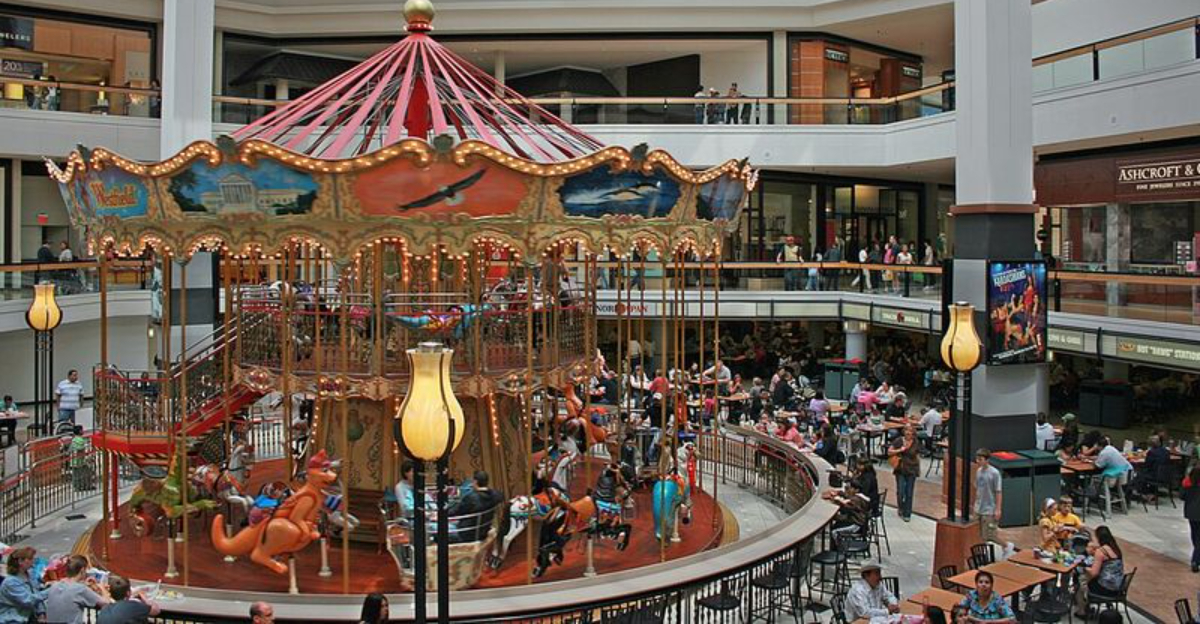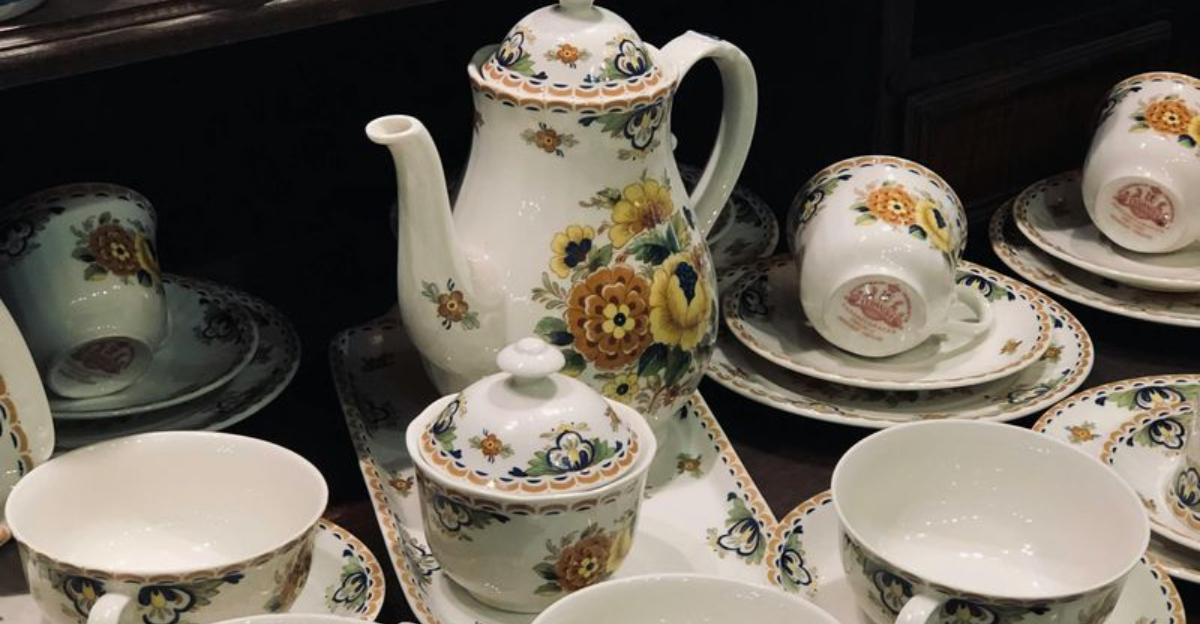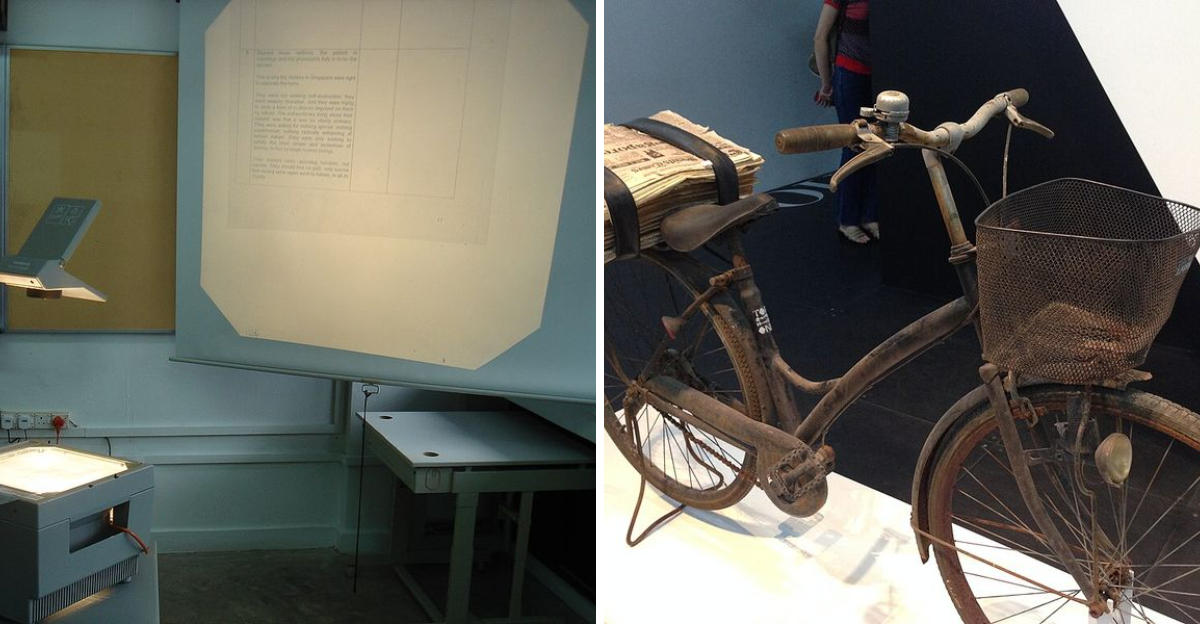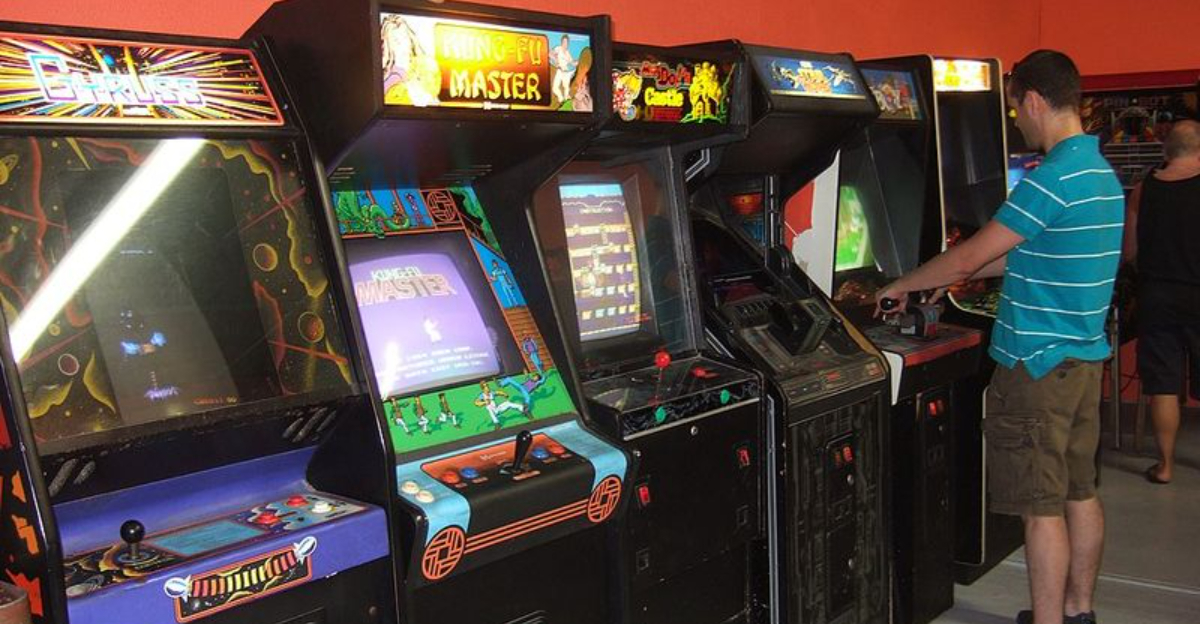13 Common Items Delivered To Homes In The 1960s And ’70s
Remember when doorstep delivery meant more than cardboard boxes and tracking numbers? In the 1960s and 70s, mornings began with the clink of glass milk bottles and the rustle of a freshly folded newspaper landing on the porch.
Kids waved to the milkman, neighbors swapped gossip between deliveries, and those trucks rolling through sounded like the heartbeat of the block.
Steaming loaves of bread arrived in brown bags, ice packed dairy crates kissed the steps, and daily drop-offs weren’t just convenient; they stitched communities together long before anyone clicked “add to cart.”
1. Milk
Glass bottles clinked cheerfully as the milkman made his early morning rounds, often before sunrise. Families left empty bottles on the porch, and fresh dairy magically appeared while everyone slept.
Cold cream rose to the top, creating that rich layer mothers skimmed for coffee. Some dairies even delivered chocolate milk, cottage cheese, and butter alongside regular orders, making breakfast prep incredibly convenient for busy households.
2. Bread
Fresh-baked loaves arrived warm in wax paper wrappers, filling porches with that unmistakable yeasty aroma. Bread men drove colorful trucks decorated with their bakery logos, becoming neighborhood celebrities kids eagerly watched for.
Wonder Bread, Sunbeam, and local bakeries competed for routes. Some drivers knew family preferences by heart, automatically bringing extra rolls on Sundays or swapping in rye without being asked!
3. Eggs
Farm-fresh eggs came straight from local henhouses to kitchen tables, often within hours of being laid. Cardboard cartons proudly displayed farm names, and customers developed fierce loyalty to their favorite suppliers.
Brown, white, and sometimes speckled varieties arrived weekly. Unlike supermarket versions, these eggs had deep orange yolks that made scrambles pop with color and flavor that grocery store eggs just couldn’t match back then.
4. Butter
Creamy butter blocks arrived wrapped in waxy paper, sometimes accompanied by seasonal flavors like honey or herb varieties during holidays. Dairies packaged butter alongside milk orders, creating convenient one-stop dairy shopping without leaving home.
Real butter tasted dramatically different from margarine, which was gaining popularity then. However, many families stuck with delivered butter for baking pies, cookies, and those fluffy mashed potatoes that defined Sunday dinners across America.
5. Newspapers
Rolled papers landed with satisfying thwacks on porches each morning, delivered by neighborhood kids earning pocket money. Rubber bands kept editions tight, and plastic bags protected them during rainy weather that threatened to turn newsprint into mush.
Evening editions arrived too, meaning some homes got two deliveries daily! Families relied on newspapers for everything from world news to comics, making paperboys essential community figures everyone knew by name.
6. Magazines
Life, Look, Saturday Evening Post, and TV Guide arrived like clockwork, stuffed into mailboxes or handed directly to subscribers. Glossy covers featured celebrities, current events, and colorful advertisements that families pored over for hours.
Magazine subscriptions cost just dollars annually, making them affordable entertainment. Waiting rooms everywhere displayed dog-eared copies, but nothing beat getting your personal issue delivered fresh, unread, and smelling like printer ink straight from the press.
7. Coal Or Heating Oil
Big tanker trucks rumbled down streets, delivering fuel that kept families warm through brutal winters. Drivers unspooled long hoses, pumping heating oil into basement tanks or dumping coal down metal chutes that rattled loudly.
Automatic delivery services monitored usage, sending trucks before tanks ran dry. The distinctive petroleum smell lingered after oil deliveries, while coal dust created black smudges that mothers constantly battled when cleaning basements and furnace rooms.
8. Soda Or Soft Drink Bottles
Coca-Cola, Pepsi, and regional brands delivered cases of returnable glass bottles, creating a recycling system decades before it became trendy. Wooden crates held two dozen bottles each, and families paid deposits that encouraged returning empties for refunds.
Delivery drivers swapped full cases for empty ones right at the door. Some families ordered multiple cases weekly, especially during summer when cold sodas disappeared faster than ice cream at birthday parties!
9. Meat From The Butcher
Local butchers drove refrigerated vans through neighborhoods, bringing custom-cut steaks, roasts, and ground beef directly to customers. White paper packages tied with string contained exactly what families ordered by phone earlier that week.
Quality surpassed supermarket meat departments, with butchers offering advice on cooking temperatures and preparation methods. Personal relationships meant special cuts appeared during holidays, and loyal customers received premium selections that never hit store display cases.
10. Fresh Produce (Fruit & Vegetables)
Vibrant trucks painted with fruit illustrations brought seasonal produce straight from farms and orchards. Drivers arranged colorful displays of tomatoes, corn, lettuce, apples, and berries that customers selected right from the vehicle.
Farm-to-table wasn’t a trendy concept then—it was just normal! Produce tasted better because it traveled shorter distances and arrived fresher than anything sitting under supermarket fluorescent lights for days. Kids loved choosing shiny apples themselves.
11. Laundry Or Dry Cleaning
Uniformed workers picked up dirty clothes on Mondays and returned them perfectly pressed by Fridays, all wrapped in crinkly plastic. Shirts hung on hangers, and delicate items came folded in tissue paper inside cardboard boxes.
Wire hangers accumulated faster than families could use them! Some services laundered sheets and towels too, saving households hours of washing and ironing. Delivery schedules ran like clockwork, making laundry day practically effortless for busy families.
12. Bottled Water
Though less common than today, five-gallon glass jugs arrived for office coolers and some homes. Delivery workers hefted these heavy containers, flipping them expertly onto dispensers without spilling drops.
Most families drank tap water then, making bottled delivery somewhat unusual outside workplaces. However, areas with questionable water quality subscribed to delivery services. Empty jugs waited on porches for pickup, creating a sustainable reuse system that worked smoothly for decades.
13. Medicines Or Prescriptions
Local pharmacists personally delivered medications to homebound patients, elderly neighbors, and families with sick children. White paper bags stapled shut contained pill bottles with typewritten labels, often accompanied by handwritten instructions from pharmacists who knew customers personally.
This service felt especially comforting when someone was too ill to travel. Pharmacists sometimes checked on patients during deliveries, offering medical advice and genuine concern that built trust throughout entire communities.

